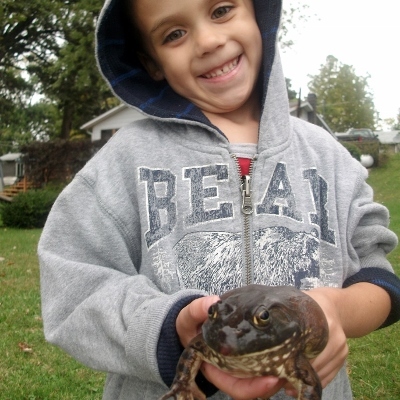 Call to mind the timid wallflower. This child is painfully shy. He never says a word; he only smiles and agrees with everything the people in his life say. Now think about the budding bully who acts overly aggressive when playing a game in gym class or when pushing her way to the front of the line at lunch.
Call to mind the timid wallflower. This child is painfully shy. He never says a word; he only smiles and agrees with everything the people in his life say. Now think about the budding bully who acts overly aggressive when playing a game in gym class or when pushing her way to the front of the line at lunch.
These children, who sit on opposite ends of the behavior spectrum, exhibit traits that are troubling, and because of these behaviors, they will both experience problems in the school setting.
Now, imagine a child who falls somewhere in the middle of that same spectrum. This child isn’t afraid to speak up in front of adults or his friends, he takes turns acting both as a leader and as a follower, and he stands firm in his beliefs. Plus, in each situation, he can be counted on to be respectful. Most parents hope for such a child: one that is neither a pushover or too aggressive.
How can we help to make sure our children end up being as assertive as their nature will allow, yet not overly aggressive?
One way to avoid raising an aggressive child is to refrain from using physical punishment, including slapping and spanking. It follows that if a parent physically dominates her child as a way to get what she wants, that the child will mimic the same behavior in school.
The authors of the article, “Parenting Practices and Child Disruptive Behaviors in Early Elementary School”, in the Journal of Clinical Child Psychology, March 2000, concur. They state, “as expected from a developmental perspective, parenting practices that included punitive interactions were associated with elevated rates of all child disruptive behavior problems.”
That is just a scholarly way of saying that if you hit your child, he or she will be more likely to lash out at others in the same way. He or she will think that only physical domination is the way to get ahead in life.
Instead, a parent needs to make an effort to be loving and supportive before behavior problems arise. This translates into mom and dad giving lots of hugs and words of praise – not just every few weeks, but much more often. It also entails focused listening to what the child says. Basically, it means giving your child the gift of unconditional love.
Also, establishing boundaries for your child gives him or her peace of mind. Some parents do not understand that a child who lives with constantly changing rules feels extremely stressed. This very fact can also lead to aggression.
Believe it or not, children crave boundaries and set consequences for misbehavior. This gives them a sense that their parents care. For instance, if your son doesn’t complete the the set of chores listed on his chart on a given day, do not spank him; however, do figure out a way to correct his misbehavior. If you model assertive behavior and follow through, he will be likely to follow suit!










